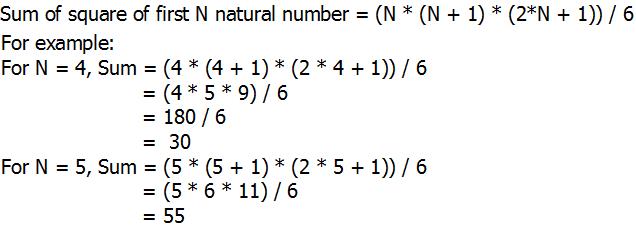Dev C++ Int Higher Than 100
- May 19, 2017 All variables use data-type during declaration to restrict the type of data to be stored. Therefore, we can say that data types are used to tell the variables the type of data it can store. Whenever a variable is defined in C, the compiler allocates some memory for that variable based on the data-type with which it is declared.
- Normally, when we work with Numbers, we use primitive data types such as int, short, long, float and double, etc. The number data types, their possible values and number ranges have been explained while discussing C Data Types. Defining Numbers in C. You have already defined numbers in various examples given in previous chapters.
Apr 11, 2016 In programming, a logical expression is a language construct that is evaluated as true or false. Many books that teach programming 'from scratch' discuss possible operations on logical expressions familiar to every beginner. In this article, I won't be talking about the AND operator having higher precedence than OR.
- C Programming Tutorial
- C Programming useful Resources
- Selected Reading
Dev C++ Int Higher Than 100 Years
Arrays a kind of data structure that can store a fixed-size sequential collection of elements of the same type. An array is used to store a collection of data, but it is often more useful to think of an array as a collection of variables of the same type.
Instead of declaring individual variables, such as number0, number1, ..., and number99, you declare one array variable such as numbers and use numbers[0], numbers[1], and ..., numbers[99] to represent individual variables. A specific element in an array is accessed by an index.
All arrays consist of contiguous memory locations. The lowest address corresponds to the first element and the highest address to the last element.
Declaring Arrays
To declare an array in C, a programmer specifies the type of the elements and the number of elements required by an array as follows −
This is called a single-dimensional array. The arraySize must be an integer constant greater than zero and type can be any valid C data type. For example, to declare a 10-element array called balance of type double, use this statement −
Here balance is a variable array which is sufficient to hold up to 10 double numbers.
Initializing Arrays
You can initialize an array in C either one by one or using a single statement as follows −
The number of values between braces { } cannot be larger than the number of elements that we declare for the array between square brackets [ ].

If you omit the size of the array, an array just big enough to hold the initialization is created. Therefore, if you write −
You will create exactly the same array as you did in the previous example. Following is an example to assign a single element of the array −

The above statement assigns the 5th element in the array with a value of 50.0. All arrays have 0 as the index of their first element which is also called the base index and the last index of an array will be total size of the array minus 1. Shown below is the pictorial representation of the array we discussed above −
Accessing Array Elements
Dev C++ Int Higher Than 100 Days
An element is accessed by indexing the array name. This is done by placing the index of the element within square brackets after the name of the array. For example −
The above statement will take the 10th element from the array and assign the value to salary variable. The following example Shows how to use all the three above mentioned concepts viz. declaration, assignment, and accessing arrays −
When the above code is compiled and executed, it produces the following result −
Dev C Int Higher Than 100 Crossword
Arrays in Detail
Arrays are important to C and should need a lot more attention. The following important concepts related to array should be clear to a C programmer −
Dev C Int Higher Than 100 Years
| Sr.No. | Concept & Description |
|---|---|
| 1 | Multi-dimensional arrays C supports multidimensional arrays. The simplest form of the multidimensional array is the two-dimensional array. |
| 2 | Passing arrays to functions You can pass to the function a pointer to an array by specifying the array's name without an index. |
| 3 | Return array from a function C allows a function to return an array. |
| 4 | Pointer to an array You can generate a pointer to the first element of an array by simply specifying the array name, without any index. |